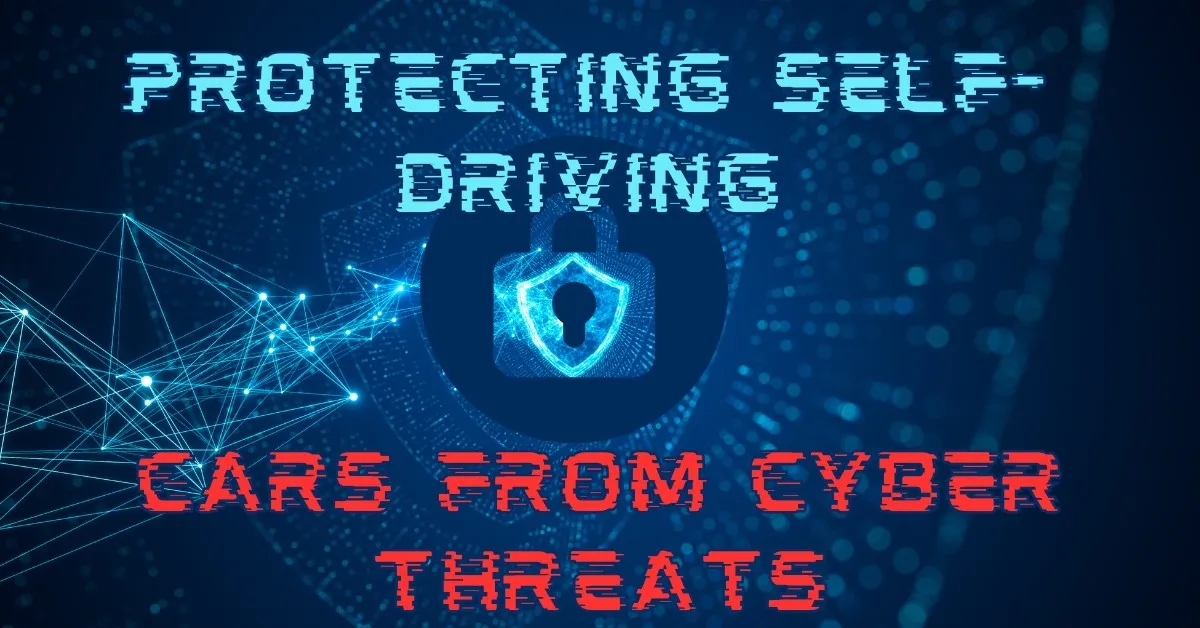Protecting Self-Driving Cars from Cyber Threats
Self-driving cars are the future of transportation, promising convenience and safety. However, with advanced technology comes new vulnerabilities. As autonomous vehicles rely heavily on software and connectivity, they are becoming targets for cybercriminals. In this article, we’ll explore the cybersecurity challenges of self-driving cars and how to protect them from potential threats.
The Rise of Autonomous Vehicles
Self-driving cars use artificial intelligence, sensors, and cloud connectivity to navigate without human input. From Tesla to Waymo, major companies are investing heavily in autonomous technology. While these cars bring numerous benefits, they also introduce new risks, especially in terms of cybersecurity.
Why Are Self-Driving Cars Vulnerable?
Complex Systems Mean More Entry Points
Self-driving vehicles are complex systems with multiple points of connectivity. From GPS to sensors and internet connections, these cars are continuously interacting with external systems. Each point of interaction presents a potential vulnerability.
As cars become more connected, hackers have more opportunities to access their systems. For instance, cybercriminals can exploit weak encryption in communication between the car and servers, gaining control of critical vehicle functions such as brakes or steering.
Common Cyber Threats Facing Autonomous Vehicles
Remote Hacking
One of the biggest threats to autonomous vehicles is remote hacking. Hackers can potentially take control of a vehicle by accessing its system through the internet or Bluetooth. This type of attack can be dangerous, leading to accidents or even hijacking.
GPS Spoofing
GPS spoofing is when hackers trick the car’s GPS system into believing it’s in a different location. By manipulating navigation systems, they could redirect vehicles to unsafe areas or cause disruptions in traffic.
Malware Attacks
Malware can be introduced into the car’s software through updates or unsecured systems. Once installed, malware can disable crucial functions or steal sensitive data from passengers, like credit card information.
How Can We Protect Self-Driving Cars from Cyber Attacks?
Regular Software Updates
Keep Software Secure and Up-to-Date
Regular software updates are essential for protecting any smart device, and autonomous vehicles are no exception. Updates can patch security vulnerabilities, adding layers of protection against new threats.
Vehicle manufacturers should prioritize frequent updates, and owners should ensure their cars’ systems are always up-to-date. Ignoring updates can leave the car exposed to older vulnerabilities, making it easier for hackers to exploit the system.
Encryption of Vehicle Data
Data encryption is key to protecting autonomous vehicles from cyber threats. Every piece of data exchanged between the vehicle and its servers should be encrypted. This prevents hackers from intercepting and reading sensitive information.
Multi-Layered Security Systems
A single security measure is not enough to protect complex systems like self-driving cars. Implementing multi-layered security protocols ensures that even if one defense is breached, there are additional barriers to stop cybercriminals.
Collaboration Between Automakers and Cybersecurity Experts
Combining Expertise for Maximum Protection
Automakers and cybersecurity professionals must collaborate to ensure that the technology in autonomous vehicles remains secure. Cybersecurity should be a top priority during vehicle development, from design to deployment.
Car companies should work with cybersecurity experts to identify potential vulnerabilities and develop strong defenses. Governments should also step in to regulate standards and ensure cybersecurity is considered across the industry.
Looking Toward the Future of Secure Autonomous Vehicles
As self-driving cars become more common, so will the cybersecurity threats against them. However, with the right safeguards in place, we can reduce these risks significantly. By staying ahead of potential vulnerabilities, automakers and cybersecurity experts can ensure that autonomous vehicles are safe for everyone.
FAQs
1. How vulnerable are self-driving cars to cyber-attacks?
Self-driving cars are complex and connected to various networks, which makes them vulnerable to cyber-attacks. Hackers can target their communication systems, navigation, and software updates. However, with proper security measures in place, the risks can be reduced.
2. How can I ensure my self-driving car is secure?
To protect your autonomous vehicle, always update its software regularly, use encrypted communication systems, and ensure that the manufacturer has strong security protocols in place.
3. What happens if a hacker takes control of a self-driving car?
If a hacker takes control of a self-driving car, they could potentially cause accidents by manipulating the vehicle’s controls, such as braking, acceleration, or steering. However, manufacturers are developing fail-safe systems to prevent such occurrences.
4. Will cybersecurity regulations for autonomous vehicles improve?
Yes, as the industry grows, governments and regulatory bodies are expected to enforce stricter cybersecurity standards for autonomous vehicles, ensuring that manufacturers prioritize security in their designs.
